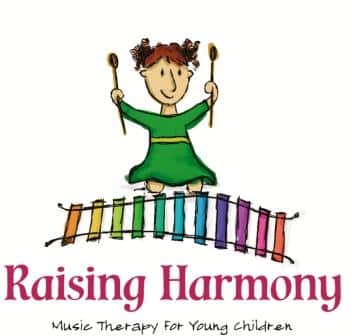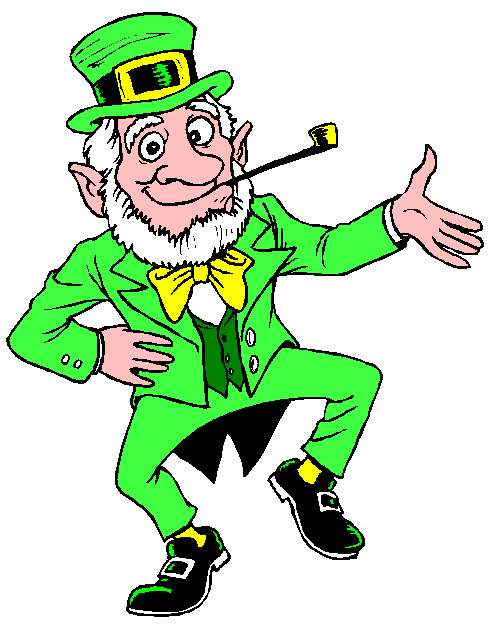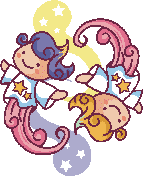In my work as an educator and consultant I have plenty of opportunity to visit early childhood centers and schools. Most of my visits are very pleasant, and I get to see some really excellent programs.
This time of year, though, I am always amused to see hung on walls and decorated in projects the lasting vestiges of the March Imaginarium: Leprechauns, Bunnies, Lions and Lambs. How come these symbols and icons have lasted so long? And how come they sometimes become the foundation for educational curriculum?
I don’t know the answer to those last two questions, but I do know that there must be some deeper meaning to these images that have promoted their longevity. This look for the deeper meaning is what I call ‘Peeling the Onion’ – looking beyond the superficial trappings to how these characters provide a chance for children to engage with the world in a more abstract way.
So when March comes to music, I ‘peel the onion’ to look for and support the seeds of imagination that are just beginning to blossom with young children. Symbolic play, abstract thinking and make believe are all activities that provide a critical foundation for later complex learning. Providing the freedom and time within an early childhood program for pretending is reinforced in the 2009 Position Statement of the National Association for Education of Young Children entitled Developmentally Appropriate Practice in Early Childhood Programs Serving Children from Birth through Age 8. The NAEYC position statement outlines twelve Principles of child development and learning that inform practice.
Principle #10 discusses the importance of play, including pretend, make believe and imagination. I think it should be required reading for all early childhood professionals so I’ve copied this section below. The full document can be accessed at http://www.naeyc.org/files/naeyc/file/positions/PSDAP.pdf.
10. Play is an important vehicle for developing self-regulation as well as for promoting language, cognition, and social competence.
Children of all ages love to play, and it gives them opportunities to develop physical competence and enjoyment of the outdoors, understand and make sense of their world, interact with others, express and control emotions, develop their symbolic and problem-solving abilities, and practice emerging skills. Research shows the links between play and foundational capacities such as memory, self-regulation, oral language abilities, social skills, and success in school.
Children engage in various kinds of play, such as physical play, object play, pretend or dramatic play, constructive play, and games with rules. Observed in all young animals, play apparently serves important physical, mental, emotional, and social functions for humans and other species, and each kind of play has its own benefits and characteristics. From infancy, children act on the world around them for the pleasure of seeing what happens; for example, repeatedly dropping a spoon on the floor or pulling the cat’s tail. At around age 2, children begin to demonstrate symbolic use of objects—for instance, picking up a shell and pretending to drink as from a cup—at least when they have had opportunities to observe others engaging in such make-believe behavior.
From such beginnings, children begin to engage in more mature forms of dramatic play, in which by the age of 3–5 they may act out specific roles, interact with one another in their roles, and plan how the play will go. Such play is influential in developing self-regulation, as children are highly motivated to stick to the roles and rules of the play, and thus grow in the ability to inhibit their impulses, act in coordination with others, and make plans. High-level dramatic play produces documented cognitive, social, and emotional benefits. However, with children spending more time in adult-directed activities and media use, forms of child play characterized by imagination and rich social interactions seem to be declining. Active scaffolding of imaginative play is needed in early childhood settings if children are to develop the sustained, mature dramatic play that contributes significantly to their self-regulation and other cognitive, linguistic, social, and emotional benefits. Adults can use proven methods to promote children’s extended engagement in make-believe play as well as in games with rules and other kinds of high-level play. Rather than detracting from academic learning, play appears to support the abilities that underlie such learning and thus to promote school success.
I love this last sentence!
Here are some ways to use music to enhance and support imagination and make believe play.
Improvisation
Improvised music is naturally abstract. It does not need to be connected to any concrete idea or language, but it could be. Improvising allows the opportunity for creating and initiating. You can improvise with young children through instruments or movement or using your voice. Just as in toy play, young children will often need a model for how to begin. I like to have a variety of instruments out and ready. The children can explore through playing them any way they like. You can show them a variety of ways to make sounds, but then leave them on their own to experiment. Many young children, though, are searching to make their play understandable in relation to the world they know, so I will then use drum or piano or voice to make a structure that brings all their play together without squashing individual ideas.
Character Music
I think we all can come up with music that is connected to a favorite TV or cartoon character. (In this age, maybe I should say music that is connected to a favorite App!) The music explains without words some of the character’s special qualities. We can do the same for children as they expand their make believe play. Leprechaun music to me would have lots of staccato notes, and certainly a crescendo or two. The leprechaun song I use in my sessions is written in minor to give that sense of mystery. The children tiptoe around the room until…..a sudden glissando means that we have almost caught him. On, no! Here comes the accelarando as he runs away.
There is a song in “You and Me Makes…We” that uses the open-ended sound of the Lydian mode to suggest the ups and downs and opposites of the month of March that is visually symbolized by the lion and the lamb. Of course, the lion’s music is march-like and bold, while the lamb sways in two with a sweet timbre.
Story Songs
Story songs are a great way to spin an imaginary tale and to keep children engaged in digging deeper into their make believe. The story songs I use are open-ended, with a refrain that repeats but a verse that gives just the hint of a framework for the children to add their own details. A melody that uses an ascending scale that suddenly stops is almost like a door that the kids can’t help but open. If you are using a guitar or piano to harmonize, interesting chords or change of keys can mirror the new turn in the story line. Story songs are great for older kids, because they can be repeated and memorized and made into a permanent tale to share with family.
Movement
In early childhood, there are times for imitation and times for initiation. Movement can be both of those. Some children will need to imitate in order to open their minds to other choices or possibilities. This is one of the few times that I use recorded music. I recommend music without lyrics. There are many classical pieces that were written to spark imagination. While many of these have visual ideas associated with them, we do not need to have kids adhere to those titles. I have used Carnival of the Animals by Saint-Saens, The Planets by Holst, Surprise Symphony by Haydn, and Mother Goose Suite by Debussy. No need for words, but turn on the music and move. The children will follow your lead in trying different actions and positions.
Some children need facilitation to be willing to explore novel ideas. For them, a composed song with lots of musical description (melody, meter, harmony, rhythm, tempo and timbre) might be the ticket to a different world.
Here are the words to one adapted song that gives us a chance to imagine being bunnies. The children can sit on your lap or move on their own. Make the actions really fun and over-the-top! Enjoy.
Hop and Stop
Adapted E.K. Schwartz
Sung to the tune of The Bunny Hop 1952
First you put your ears up
Then you twitch your nose
You shake your little tail
And hop, hop, hop
You look around the corner
To see which way to go
You shake your little tail
And hop, hop, hop
Hop, hop, hop
Hop and stop
Beth





